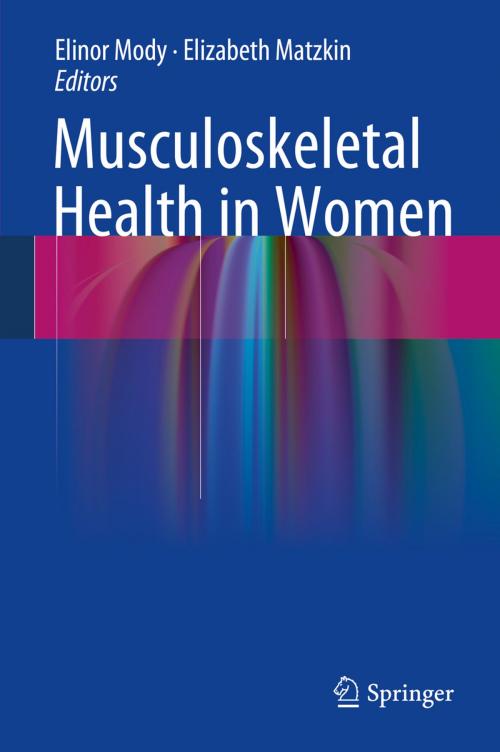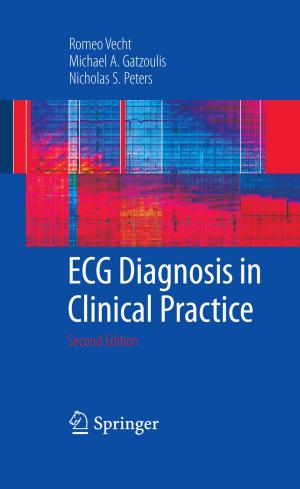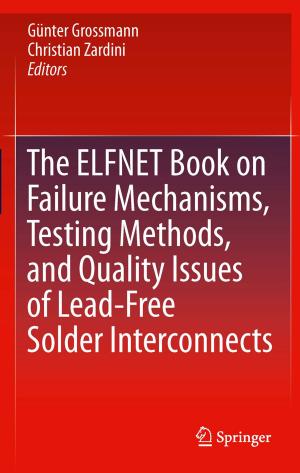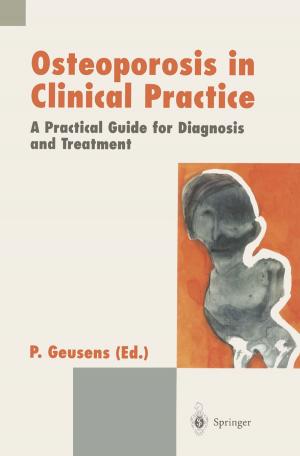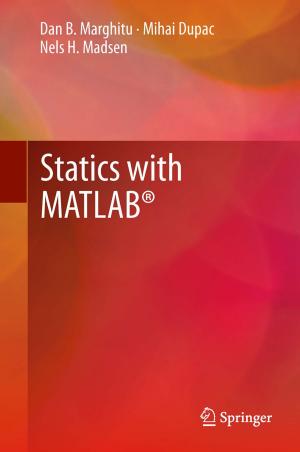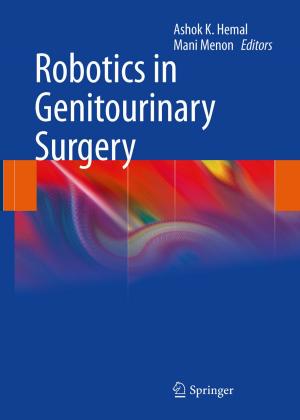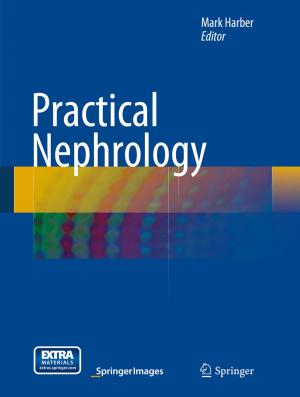Musculoskeletal Health in Women
Nonfiction, Health & Well Being, Medical, Specialties, Sports Medicine, Orthopedics| Author: | ISBN: | 9781447147121 | |
| Publisher: | Springer London | Publication: | October 30, 2013 |
| Imprint: | Springer | Language: | English |
| Author: | |
| ISBN: | 9781447147121 |
| Publisher: | Springer London |
| Publication: | October 30, 2013 |
| Imprint: | Springer |
| Language: | English |
Recent research indicates that gender differences in anatomy and physiology, endocrinology, hand eye co-ordination and motor development have an effect on the kinds of injuries incurred as a result of sporting activities. Since men and women have different responses to exercise; strength and conditioning programs should be modified for these differences. Musculoskeletal Health in Women was born out of a need to provide fitness advice tailored to women. For example, research has focused on correcting neuromuscular imbalances in women to prevent injuries. Increased abduction moment at the knee and balance problems have been found to be predictors of ACL injury. Muscle strengthening with special emphasis on the terminal knee extensors and hip abductors can improve these neuromuscular imbalances. Additionally, taping and bracing at the ankle may be helpful, particularly in women prone to certain injuries. Any discussion of women’s sports injuries is only complete if it includes the Female Athlete Triad: energy availability (which is affected by eating disorders), osteoporosis, and menstrual function. Musculoskeletal Health in Women provides a fully-illustrated and comprehensive overview of all of these aspects and its multidisciplinary approach ensures that expertise is provided from disciplines such as psychiatry, physiatry, endocrinology, nutrition, rheumatology, orthopedics, physical therapy and radiology. These authors have worked with women athletes of all ilks and are well equipped to address a full spectrum of issues related to the musculoskeletal health of women. Musculoskeletal Health in Women will be of primary interest to women athletes and women embarking on a fitness regimen. Health professionals working in this area would also invariably benefit from the advice and guidance provided within these pages.
Recent research indicates that gender differences in anatomy and physiology, endocrinology, hand eye co-ordination and motor development have an effect on the kinds of injuries incurred as a result of sporting activities. Since men and women have different responses to exercise; strength and conditioning programs should be modified for these differences. Musculoskeletal Health in Women was born out of a need to provide fitness advice tailored to women. For example, research has focused on correcting neuromuscular imbalances in women to prevent injuries. Increased abduction moment at the knee and balance problems have been found to be predictors of ACL injury. Muscle strengthening with special emphasis on the terminal knee extensors and hip abductors can improve these neuromuscular imbalances. Additionally, taping and bracing at the ankle may be helpful, particularly in women prone to certain injuries. Any discussion of women’s sports injuries is only complete if it includes the Female Athlete Triad: energy availability (which is affected by eating disorders), osteoporosis, and menstrual function. Musculoskeletal Health in Women provides a fully-illustrated and comprehensive overview of all of these aspects and its multidisciplinary approach ensures that expertise is provided from disciplines such as psychiatry, physiatry, endocrinology, nutrition, rheumatology, orthopedics, physical therapy and radiology. These authors have worked with women athletes of all ilks and are well equipped to address a full spectrum of issues related to the musculoskeletal health of women. Musculoskeletal Health in Women will be of primary interest to women athletes and women embarking on a fitness regimen. Health professionals working in this area would also invariably benefit from the advice and guidance provided within these pages.
